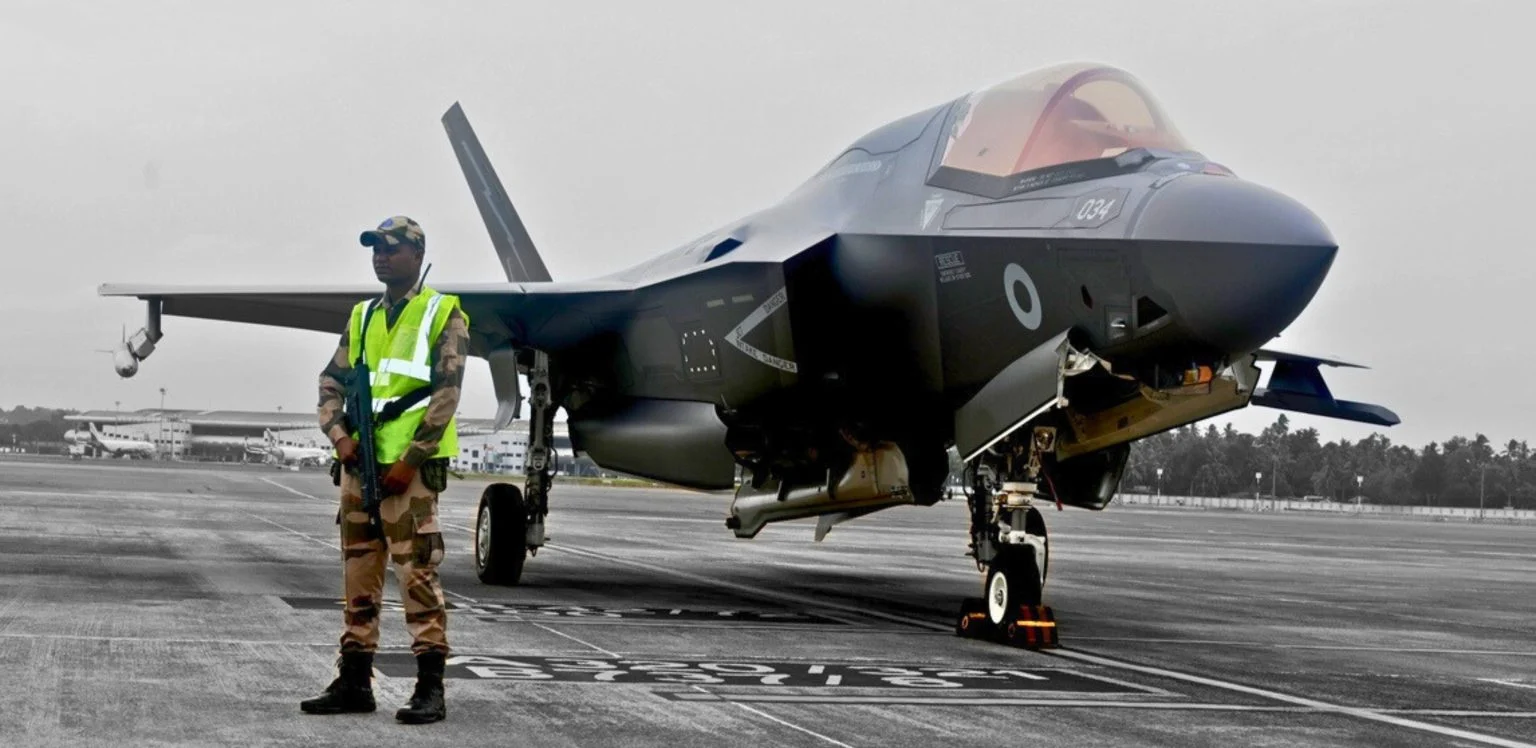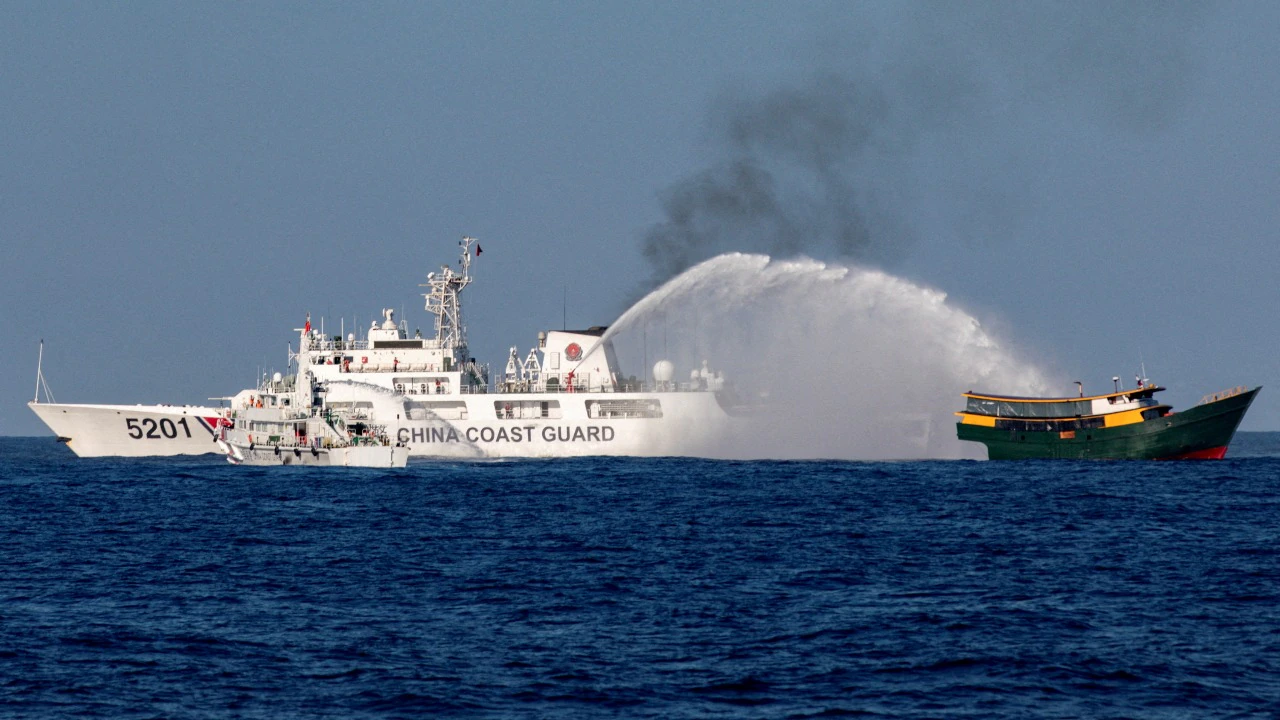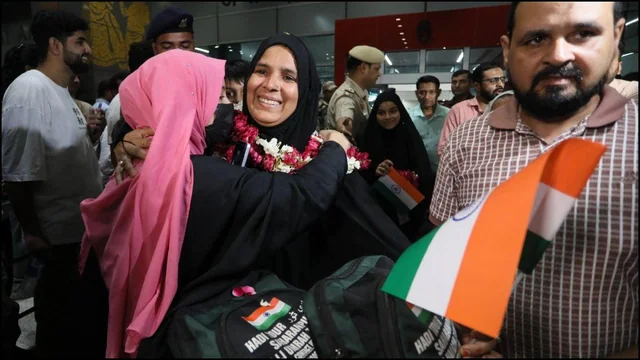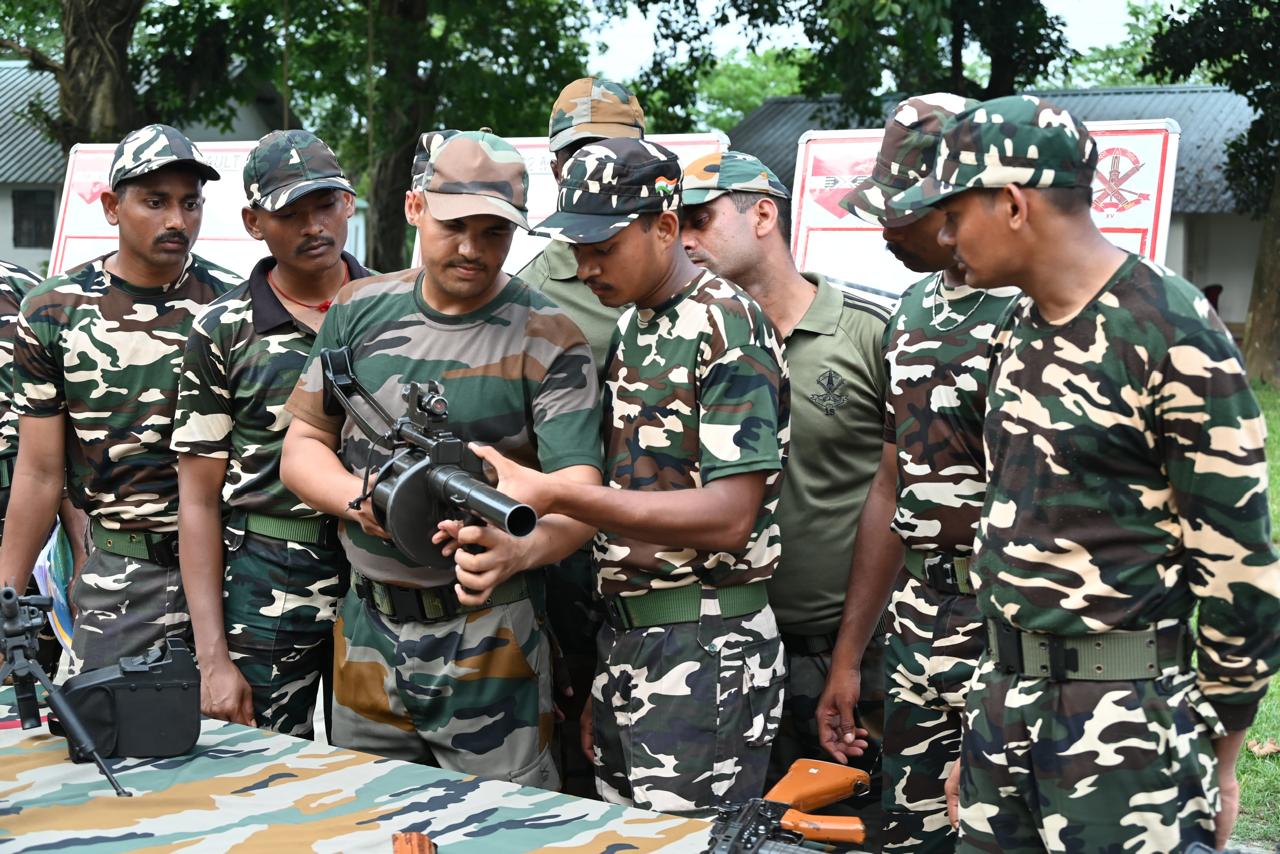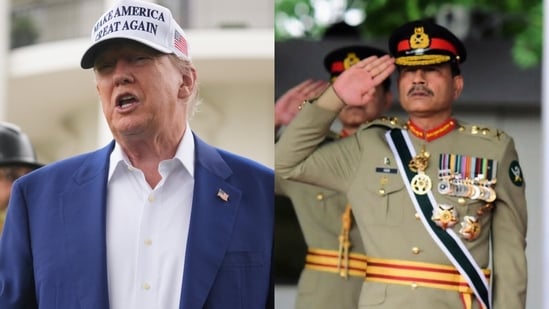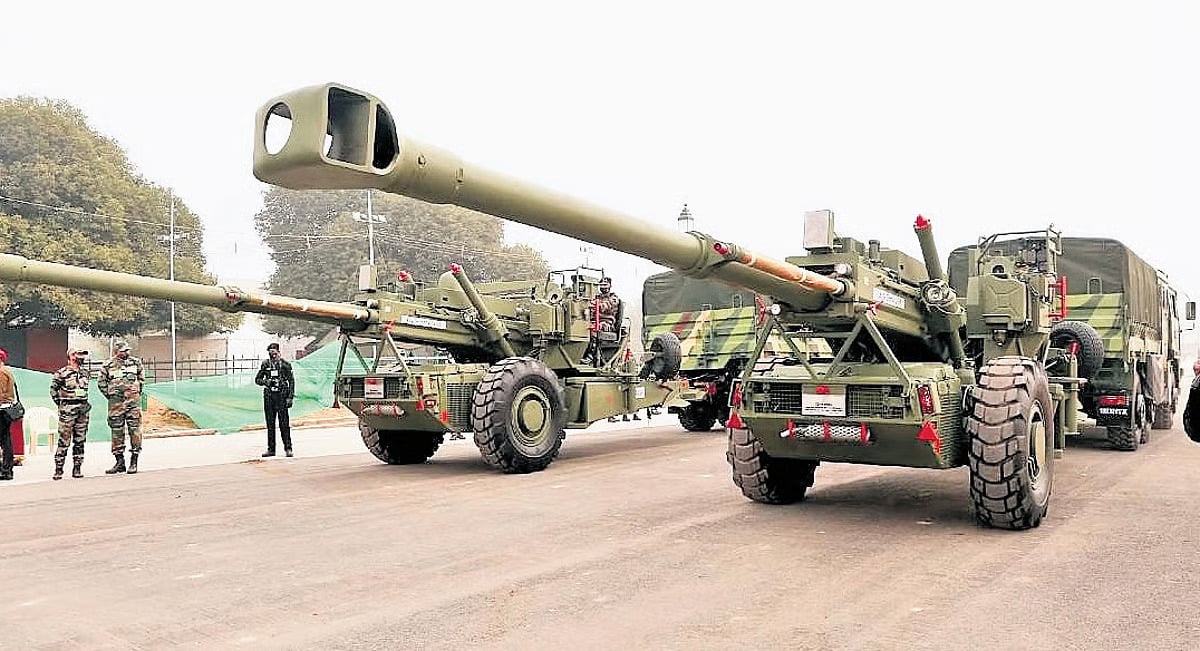Grounded UK F-35B May Be Flown Back in Military Transport After Hydraulic Failure
A British Royal Navy F-35B Lightning II stealth fighter remains grounded at Thiruvananthapuram International Airport nearly a week after making…
China-Philippines Tensions Flare After Scarborough Shoal Standoff
Tensions escalated once again in the South China Sea after the Chinese coast guard confronted and drove away a Philippine…
India Expands Operation Sindhu to Evacuate Nepalese and Sri Lankan Nationals from Iran
India has expanded its ongoing evacuation mission, Operation Sindhu, to include citizens of Nepal and Sri Lanka stranded in Iran,…
Indian Army and SSB Conduct Joint Hybrid Warfare Training in Darjeeling Foothills
The Indian Army and the Sashastra Seema Bal (SSB) have completed a high-intensity joint training exercise in the foothills of…
Pakistan Nominates Donald Trump for 2026 Nobel Peace Prize Over India-Pakistan Conflict Role
U.S. President Donald Trump has reignited his long-standing demand for a Nobel Peace Prize after being officially nominated by the…
Indian Army Begins Raising Third Regiment of Indigenous Dhanush Artillery Guns
The Indian Army has initiated the raising of its third regiment equipped with the indigenously developed Dhanush artillery guns, marking…

